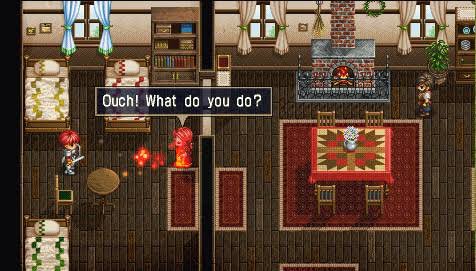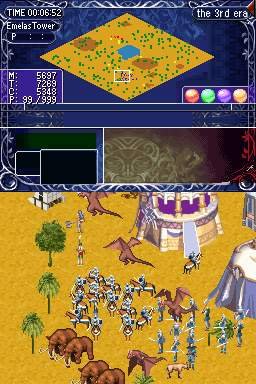

The foes are often massive, and unlike the rest of the enemies, are built entirely with polygons. The previous Ys games had some great designs but the general clumsiness of the bump system tended to make them more frustrating than fun, but that’s no longer a problem with Ys VI. Unfortunately, the regeneration of magic strength is so slow that they don’t end up being terribly useful, at least until late in the game.
#Hardcore gaming 101 ys upgrade
Defeated enemies will drop crystals called Emel, which can be used to upgrade the sword of your choice, upgrading their attack power and magic abilities. Similarly to Ys IV: Mask of the Sun, each is affiliated with a different element – fire, wind and lightning – with slightly different slashing styles and magic abilities. However, there are only three swords, and you use them all throughout most of the game. You still obtain armor and shields in the same manner as the old games, with each new piece possessing greater defensive capabilities. These can even be used in boss battles, although you can only carry nine of each (and can’t switch mid-fight), so you can’t just stockpile healing items and expect to win. (There is, however, a late game item obtained in an optional subquest that will regenerate HP in the same fashion as older games, and it even works in dungeons.) To make up for this, enemies drop a variety of curatives, including herbs, meat and potions. You can’t heal by standing still either, although visiting the monuments will max at your health.

You can no longer save anywhere, instead requiring that you visit specific monuments to record progress. Some minor elements have deviated from the formula. One particularly length subquest involves corralling these animals from across the game world. Ys VI also introduces another cutesy animal into the Ys lore: the pikkard, an adorable looking pig-like creature, which makes up for the absence of Roos. These unlock additional equipment, amongst other niceties. There are a number of subquests, including many optional subbosses. The character artwork is decent, and there’s quite a lot of it too – all of the NPCs (save for the generic Romun soldiers) have both unique names and character portraits, even the ones that barely have any dialogue. From a technical standpoint, most of the game isn’t particularly impressive, as the level geometry is rather simple and the textures are rather repetitive, but art design quality is so high quality that it’s never an issue. However, the camera is controlled automatically and sits comfortably overhead most of the time, but occasionally pans out to show some of the incredibly architecture of certain areas. The backgrounds are 3D, while the characters are 2D, with sprites similar to Ys Eternal, though larger and more detailed. In addition to combo strings, Adol also has a downward stab, useful for overcoming enemy defenses. Adol can still jump and swing his sword with a button press, but in contrast to the stiff controls that plagued that game, the fast-paced action is much closer to the older Ys titles. Ys VI is a natural evolution of the mechanics introduced in Ys V.


 0 kommentar(er)
0 kommentar(er)
